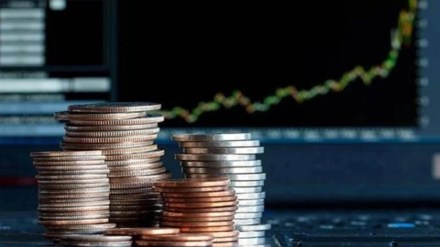Noted economist Bibek Debroy only stated the obvious when he said recently that the country’s tax-GDP ratio must go up for the government to take public expenditure to the desired level. The combined tax collections of the Centre and states are still languishing at 15% of the GDP, while the requirement for government spending on public infrastructure, education, healthcare and defence is 23%, he noted. Given the country’s fiscal constraints, the need for a quantum leap in tax receipts is unexceptionable, especially since these are not only the largest but also the most sustainable source of revenue for the sovereign. Though it is a long-term challenge for a lower middle-income country like India to have tax revenues as a share of national income comparable to that of the richer economies, at the least, the ratio could be raised to the levels in other emerging market economies without further delay.
The question is how to do this. Debroy, who is also the chairman of the Economic Advisory Council to the Prime Minister, has made a fresh pitch for accelerating the ongoing movement to an exemption-less system. He wants the (weighted) average GST rate to be raised to the revenue neutral rate, which means a hike of 5-6 percentage points from a little over 11% now. A simpler GST with a broader base (few exemptions) and fewer slabs—if not single rate—is needed, he says, while observing that the government is actually losing revenue due to the GST in the current form. In short, he not only wants the tax base to widen, but is in favour of the tax to be levied at higher rates on broader groups of goods and services.
GST was supposed to lead to a big reduction in tax on capital investments and production inputs, and create incremental economic value. However, with the exclusion of auto fuels, real estate, alcohol and electricity from its ambit, it hasn’t been very effective in expunging “cascade tax.” But the way to getting more revenue is not to jack up the tax rate and load the taxes onto a narrow base, but to broaden the base. Countries that have adopted GST/VAT system in the last two decades have kept the rates low, and still managed to achieve substantial addition to the trend revenue growth. Though it is beyond doubt that India’s GST needs an overhaul for higher revenue productivity, rate increases will need to be calibrated to prevent shocks to consumers at the lower end of the income spectrum.
Tax incentives are virtually indirect subsidies meant for preferred taxpayers. Low-income taxpayers aren’t always the beneficiaries of these subsidies. For instance, the effective tax rate for larger companies has always been significantly lower than that for smaller units. To be sure, revenue foregone on account of direct tax incentives has only risen from 8% of the Centre’s gross tax revenue in FY14 to 11.5% in FY22.
However, in recent years, policymakers have indeed taken convincing steps to phase out tax incentives. Exemption-less regimes with lower rates are in place for both corporate and personal income tax as an “option,” in a prelude to a complete switchover. This may have short-term adverse impact on revenue, but will buoy government receipts in the medium to long term. While a non-intrusive approach to tax administration is laudable, the authorities must not shy away from tax recovery efforts.
